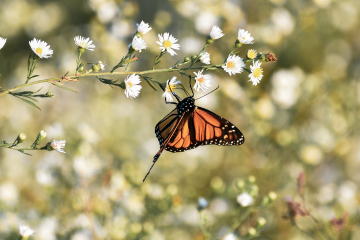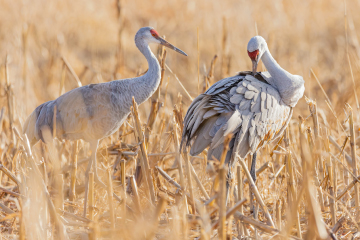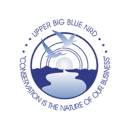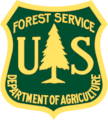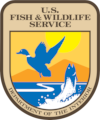Converting marginal cropland in the Rainwater Basin to wetland/grassland pasture can increase the land’s value to an agriculture operation and help maintain the region’s cattle production. It also provides springtime habitat for migrating waterfowl.
The transition from cropland to pasture is costly – but Rainwater Basin Joint Venture partners can help. The RWBJV Working Landscapes Initiative offers cost share assistance for seeding, fencing, and livestock watering infrastructure. Producers may apply for annual transition payments through NRCS’s EQIP program. In addition, for interested producers, RWBJV partners have a variety of easement programs that can also be part of the grassland transition.
Grassland Easement
The landowner works with RWBJV partners to develop a grassland/wetland easement that is compatible with the needs of the operation. Depending on the easement, unrestricted grazing, haying, and recreational activity may be permitted. Typically, such easements prevent development, cropping, or alteration of the wetland through excavation, filling, or drainage. The value of the easement is determined through a licensed private appraiser and reflects the difference between cropland and grassland appraisals in the vicinity. The easement may be held by the Natural Resources District, a conservation organization, or a state or federal wildlife agency.
The Transition in Three Steps:
- Sell a grassland easement to a conservation organization.
- Apply to USDA Natural Resources Conservation Service’s EQIP program for grass seeding cost-share and annual transition payment.
- Coordinate with RWBJV for cost-share assistance with seeding, fencing, and livestock watering infrastructure.
For more information contact:
Cortney Schaefer, Habitat Specialist
Rainwater Basin Joint Venture
cortney_schaefer@fws.gov
(308) 385-8618
Working Landscapes Initiative funding comes from various RWBJV partners, including the Nebraska Environmental Trust, Ducks Unlimited, Natural Resources Conservation Service, North American Wetlands Conservation Council, and U.S. Fish and Wildlife Service Partners for Fish and Wildlife Program.
